
Owl
Owl
Owl
Owls have become more popular in Japan since they appeared in the Harry Potter movie series. Owl cafes that did not exist in the past have opened, and there are now more opportunities to touch them. However, wild owls are good at hunting and it is hard to imagine from their big round eyes and gentle appearance. We will explain the ecology of owls called night hunters and answer simple questions.
Owl Basic Infomation

Aves-Strigiformes-Strigidae-Owl genus.
The size varies depending on the type. Here we will introduce them into largest, standard, and small.
Largest length:63〜71cm. Wing opening length:175〜190cm weight3,400〜4,100g.
Standard length:50〜62cm. Wing opening length:94〜110cm weight:500〜950g.
Smallest length:17〜20cm weight:46〜107g.
There are quite a few types of owls, and they can be seen all over the world except for Antarctica. In Japan, 11 species of wild owls have been confirmed to inhabit a wide area from northern Kyushu to Hokkaido.
They are often found in places where trees grow like forests, but they are also commonly seen in grasslands and farmland. Birds that move around depending on the season are called migratory birds, but owls are called resident birds that basically stay in the same place and do not change their habitat.
The biggest feature of an owl’s appearance is its face that has a balance similar to that of humans. Most birds have eyes on the side of their head, but owls have eyes on the front of their face like humans.
Owls are rare nocturnal birds among birds. Nocturnal birds are said to make up only a few percent of all birds, and most of them are said to be owl species.
They are birds of prey that represent raptors along with eagles and hawks, and are carnivorous birds with sharp beaks and claws.
Many owls prey on small animals such as mice, but there have also been cases of them preying on deer. Some also prey on other species of owls.
In recent years, many owl cafes have opened and their popularity as pets has increased.
There is no special qualification or permission required to keep them as pets, but they are considered difficult to keep compared to dogs and cats.
It is important to be prepared to keep them until the end when keeping any pet.
The personality varies from individual to individual. Even among the same species, there are aggressive ones and those that are easy to get along with.
Since owls are carnivorous, they are fed mice, chicks, quails, etc.
The most difficult part of keeping an owl may be managing their food. Since blood removal causes a lack of nutrients, it is necessary to give them raw meat. Naturally, the room may become bloody.
You also need to process the internal organs of the food, so taking care of an owl may be difficult for those who are resistant.
There are also owners who do not give their owls much food due to the difficulty of processing food. As a result, starvation is said to be the most common cause of death among pet owls.
Please give them love until the end and do not keep them with half-hearted determination.
When keeping an owl, you need to choose whether to use a cage or let it roam free.
Owls have territorial awareness and often consider the given space as their own. Since they think of the room as their own when they are allowed to roam free, cages are recommended.
Unlike parakeets and budgerigars, you need to choose something that is large enough for their body when choosing a cage.
Changes in environment or unsuitable environments are the biggest stressors for owls. Be sure to provide an environment that is suitable for your owl.
When keeping birds, including owls, you need to be careful not to let them escape.
Therefore, fix their legs with a rope and a perch. Some people may feel sorry for them, but if they escape and cause trouble in the surrounding environment, they may be treated as harmful birds.
No matter how much you love them, they may go outside out of curiosity and not be able to come back. Because you love them, please protect them and do not cause trouble to those around you.
Owl Q&A

Owls are rising in popularity as pets.
In recent years, many owl cafes have opened and their popularity as pets has increased.
There is no special qualification or permission required to keep them as pets, but they are considered difficult to keep compared to dogs and cats.
It is important to be prepared to keep them until the end when keeping any pet.
The personality varies from individual to individual. Even among the same species, there are aggressive ones and those that are easy to get along with.
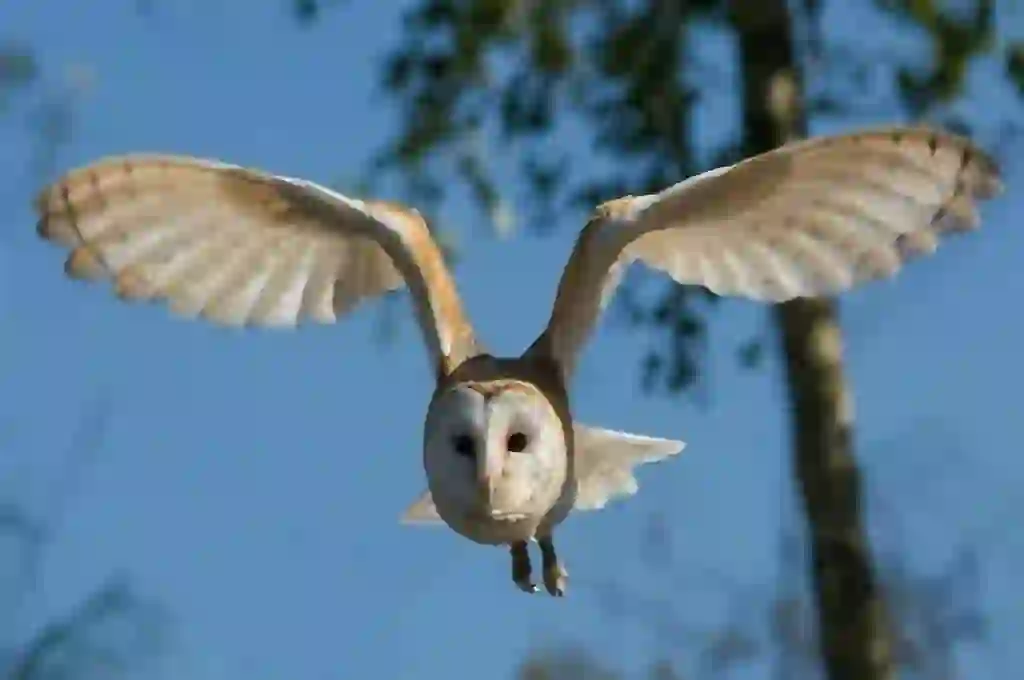
Owls are carnivorous, so it is difficult to prepare food.
Since owls are carnivorous, they are fed mice, chicks, quails, etc.
The most difficult part of keeping an owl may be managing their food. Since blood removal causes a lack of nutrients, it is necessary to give them raw meat. Naturally, the room may become bloody.
You also need to process the internal organs of the food, so taking care of an owl may be difficult for those who are resistant.
There are also owners who do not give their owls much food due to the difficulty of processing food. As a result, starvation is said to be the most common cause of death among pet owls.
Please give them love until the end and do not keep them with half-hearted determination.
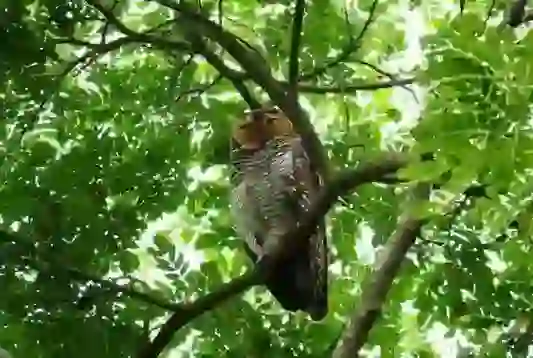
Let's build a good breeding environment.
When keeping an owl, you need to choose whether to use a cage or let it roam free.
Owls have territorial awareness and often consider the given space as their own. Since they think of the room as their own when they are allowed to roam free, cages are recommended.
Unlike parakeets and budgerigars, you need to choose something that is large enough for their body when choosing a cage.
Changes in environment or unsuitable environments are the biggest stressors for owls. Be sure to provide an environment that is suitable for your owl.
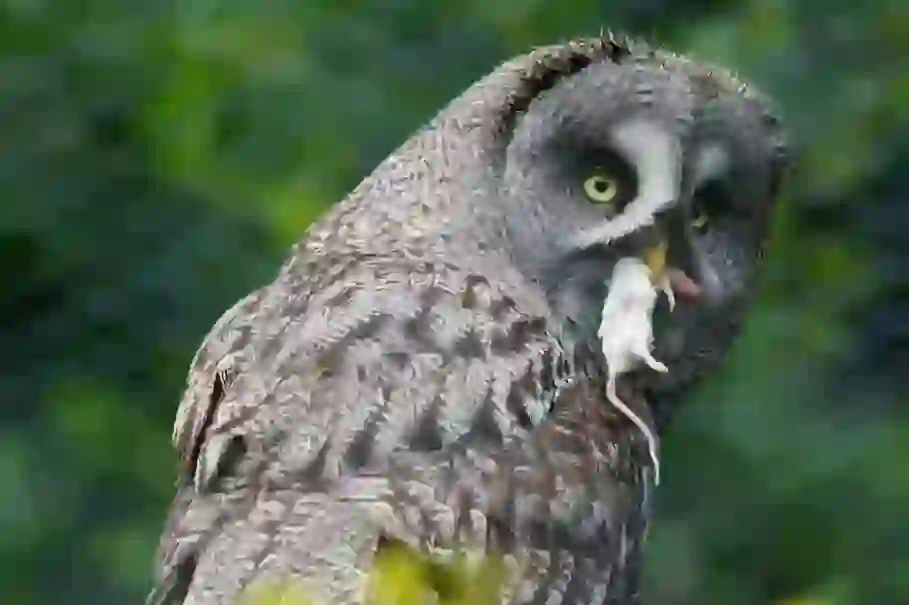
Pay the utmost attention to desertion.
When keeping birds, including owls, you need to be careful not to let them escape.
Therefore, fix their legs with a rope and a perch. Some people may feel sorry for them, but if they escape and cause trouble in the surrounding environment, they may be treated as harmful birds.
No matter how much you love them, they may go outside out of curiosity and not be able to come back. Because you love them, please protect them and do not cause trouble to those around you.
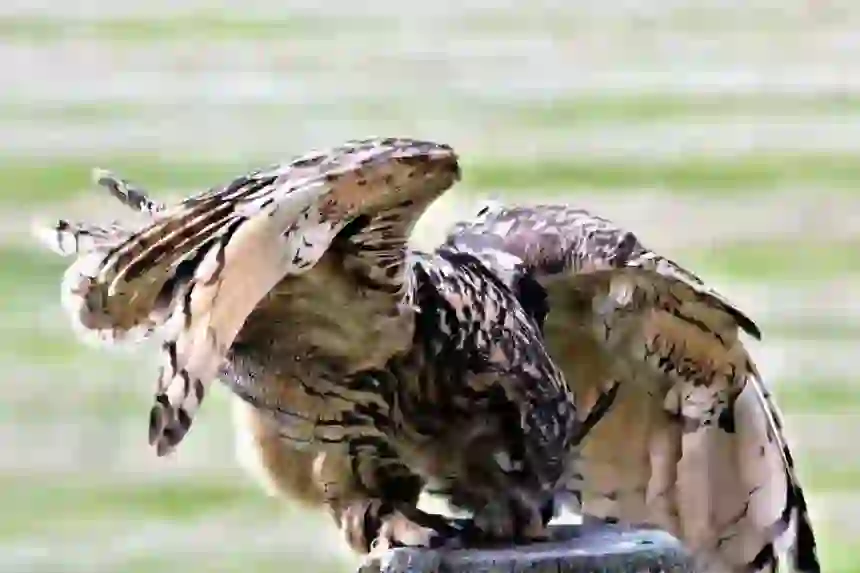
What is the difference between an owl and an horned owl?
In many cases, the difference between owls and horned owls is often distinguished by whether or not there are feather horns visible on their ears.
Those without feather horns are called owls and those with feather horns are called horned owls.
Many people may know this much, but surprisingly, the distinction is quite vague.
The Northern boobook has a name that ends with “zuku”, but it is classified as an owl because it has no feather horns.
On the other hand, the Blakiston's fish owl is an owl but has feather horns. There may be some ambiguity because there is no clear distinction in taxonomy.
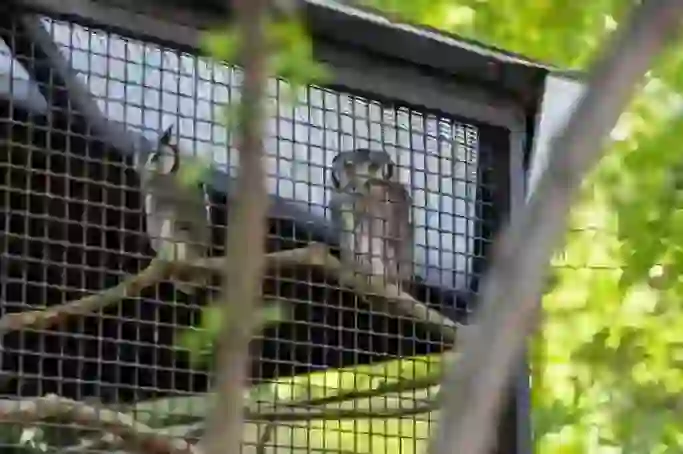
Why can an owl's neck be turned all the way back?
When owls are featured on TV, you often see them turning their heads around.
The range of motion of their necks is about 270 degrees. They can also turn their heads to the right to look to the left. It was quite shocking when I saw an owl turn its head around for the first time.
Owls cannot move their eyeballs like humans, so their field of vision is quite narrow. To cover this, their necks have developed. They have a complex mechanism with many neck bones and thick blood vessels that do not affect blood flow.
If you ever get a chance to see an owl up close, be sure to pay attention to its neck movement.
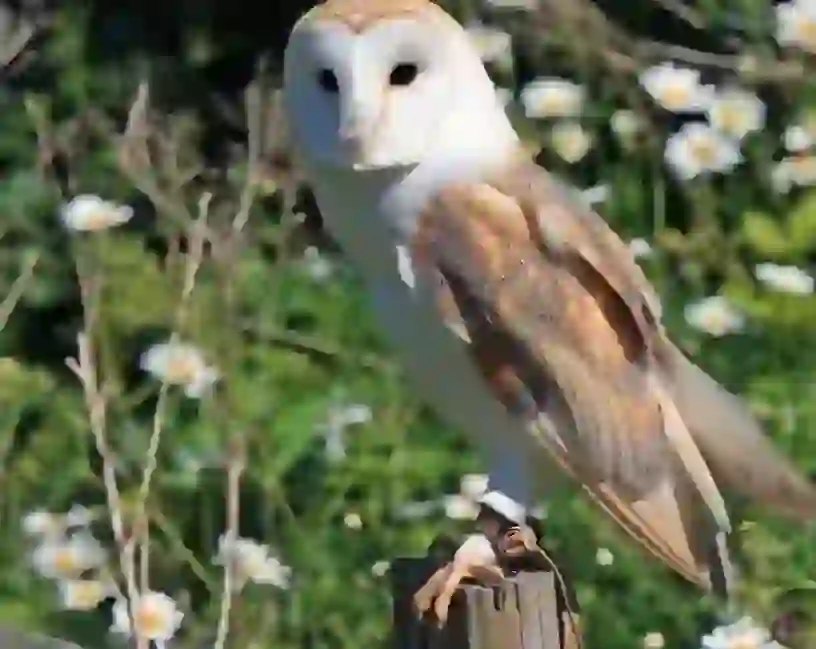
Why are owls the only adorable birds of prey?
When it comes to birds of prey, eagles and hawks are also famous.
Birds of prey are carnivorous birds with sharp beaks and powerful claws. Eagles, hawks, and owls certainly have commonalities in terms of their beaks and claws.
What sets owls apart from eagles and hawks is that they are nocturnal. Their pupils have evolved to be large to give them an advantage in night hunting, and their eyes have become round.
Their flat, round faces are also said to enhance their sound collection ability and play a role similar to that of a parabolic antenna.
In other words, the distinctive appearance of owls seems to have evolved to specialize in night hunting.
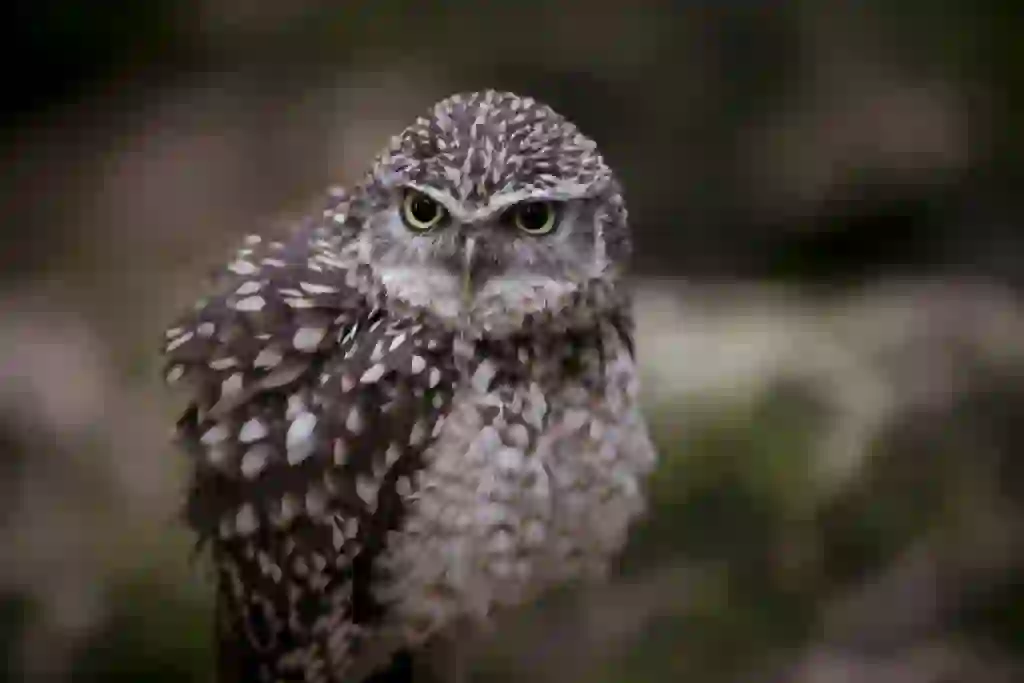
Can owls attack humans?
Owls perform quiet hunting to the extent that they are called forest ninjas.
The sharpness of their beaks and claws, which represent birds of prey, as well as their vision and hearing are all weapons of owls. Their large pupils are said to have 100 times the sensitivity of humans and can clearly capture prey even in pitch-black forests.
In addition, owl ears are asymmetrically located on the left and right sides and can recognize the position of sound sources in three dimensions.
The most frightening thing about owls is their wings. Owl feathers are soft and have high-performance noise reduction functions in the cotton around the wing edges.
The eagle owl, which is known for its ferocity, has attacked humans before. The victim said that they did not notice anything until they were attacked.

Would you like to become a part of the 'Animalbook.jp'?
Turn your knowledge into Q&A and share it with the world. ※Publication will be activated after purchase. Let's share information together!
Owl Type of List

There are 268 species confirmed in the world, but here we will introduce only the species that can be kept in Japan.
- Ferruginous Pygmy Owl
- Burrowing Owl
- Northern White-Faced Owl
- Spotted Eagle-Owl
- Great Horned Owl
- Indian Scops Owl
- Spotted Little Owl
- Brown Wood Owl
- Northern Hawk-Owl
- Great Grey Owl
- Tengmalm's Owl
- Black-Banded Owl
- Verreaux's Eagle-Owl
- Little Owl
- Pallid Scops Owl
- Siberian Eagle-Owl
- Snowy Owl
- Tropical Screech Owl
- Striped Owl
- Chaco Owl
- Long-Eared Owl
- Mottled Owl
- Western Screech Owl
- Oriental Bay Owl
- Morepork
- Ashy-Faced Owl
- Pharaoh Eagle Owl
- Ural Owl
- Bengal Eagle Owl
- Buffy Fish Owl
- Spectacled Owl
- Barn Owl
- Tawny Owl
- Eurasian Scops Owl
- Eurasian Eagle-Owl
Information
Congratulations! You are the first commenter!

Create Your Favorite List!
Owl
Save the animals you love! Build your own list to quickly revisit your favorites later.

Would you like to leave a comment?
※Please note: This is for the purchase of rights to post comments within the article.
Find Your Favorites!
Our shop offers a unique and attractive selection of goods themed around various animals.
Owl References
Owl Introduction of media used
出典:https://pixabay.com/videos/id-18244/

出典:https://pixabay.com/images/id-4371033/

出典:https://pixabay.com/images/id-1107397/

出典:https://pixabay.com/images/id-4524594/

出典:https://pixabay.com/images/id-1464025/

出典:https://pixabay.com/images/id-1895774/
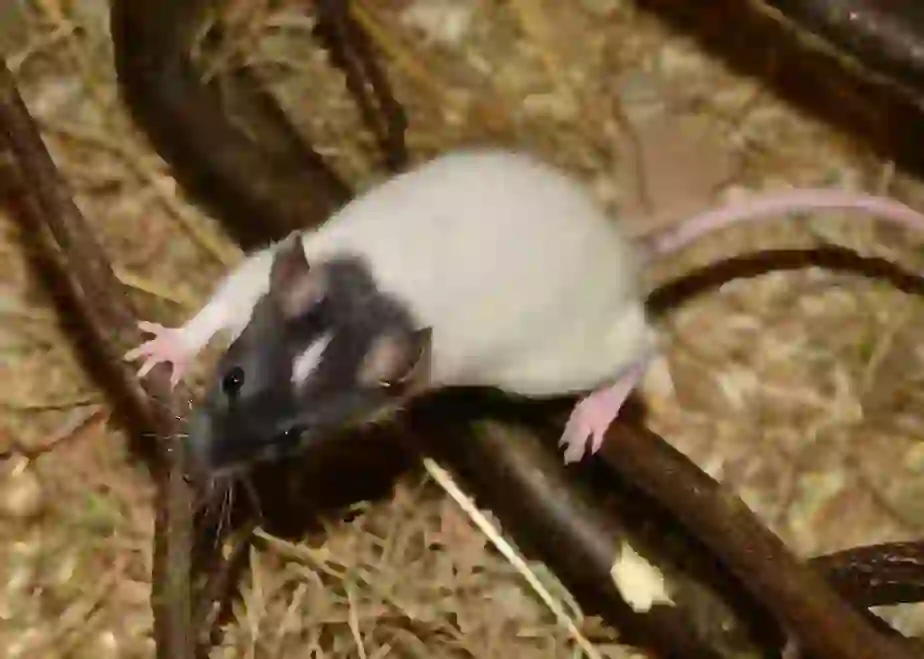
food
出典:https://pixabay.com/images/id-318885/
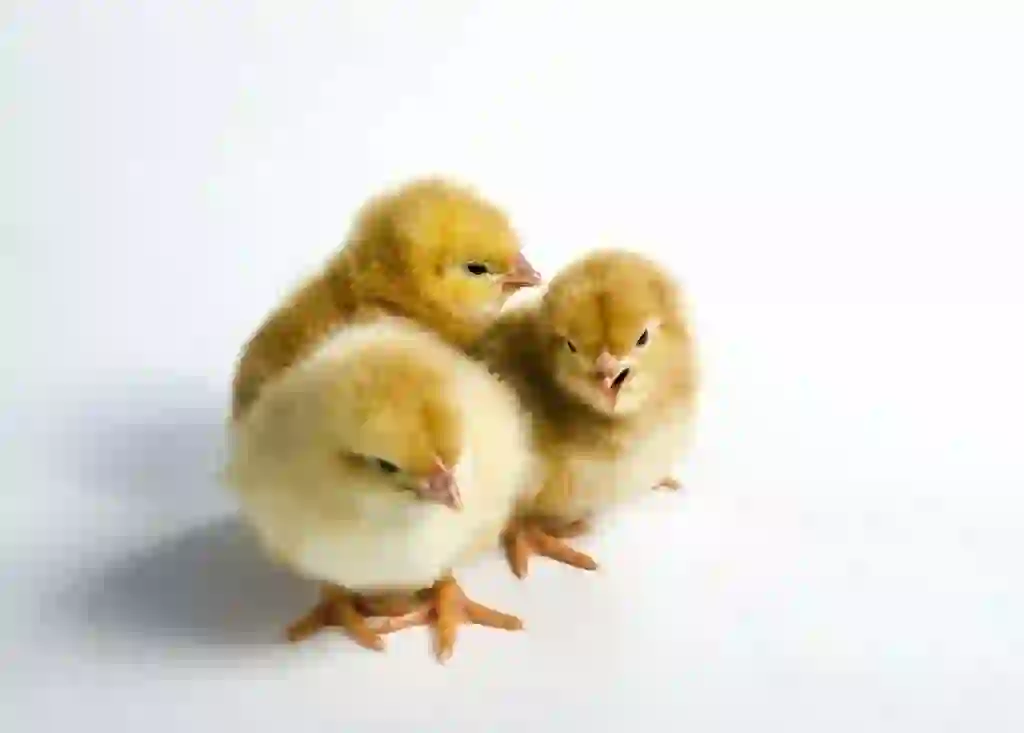
food
出典:https://pixabay.com/images/id-2924186/

出典:https://unsplash.com/photos/CE78YHlxI7g

出典:https://pixabay.com/images/id-275942/

出典:https://pixabay.com/images/id-4870685/
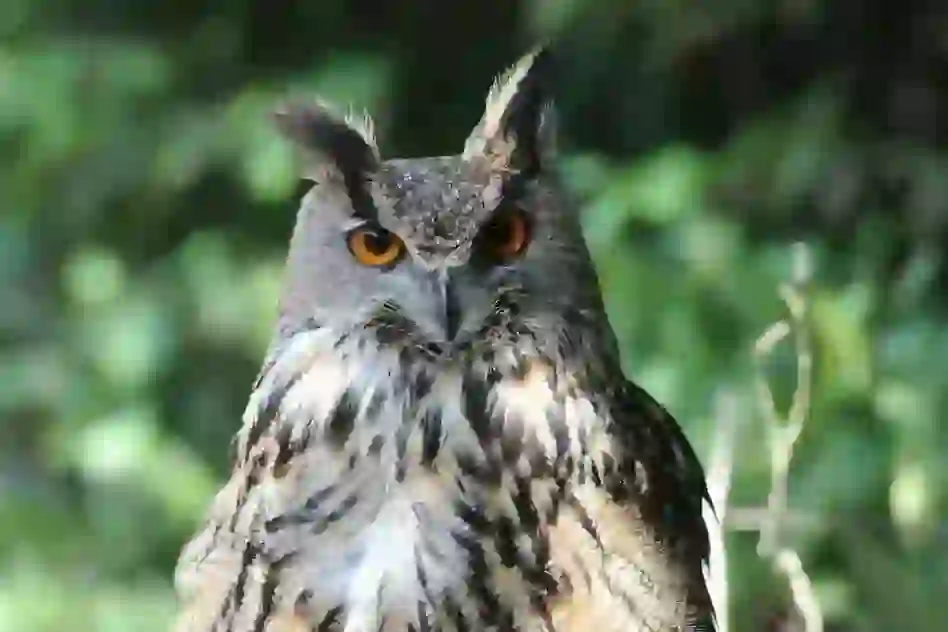
出典:https://pixabay.com/images/id-1268796/
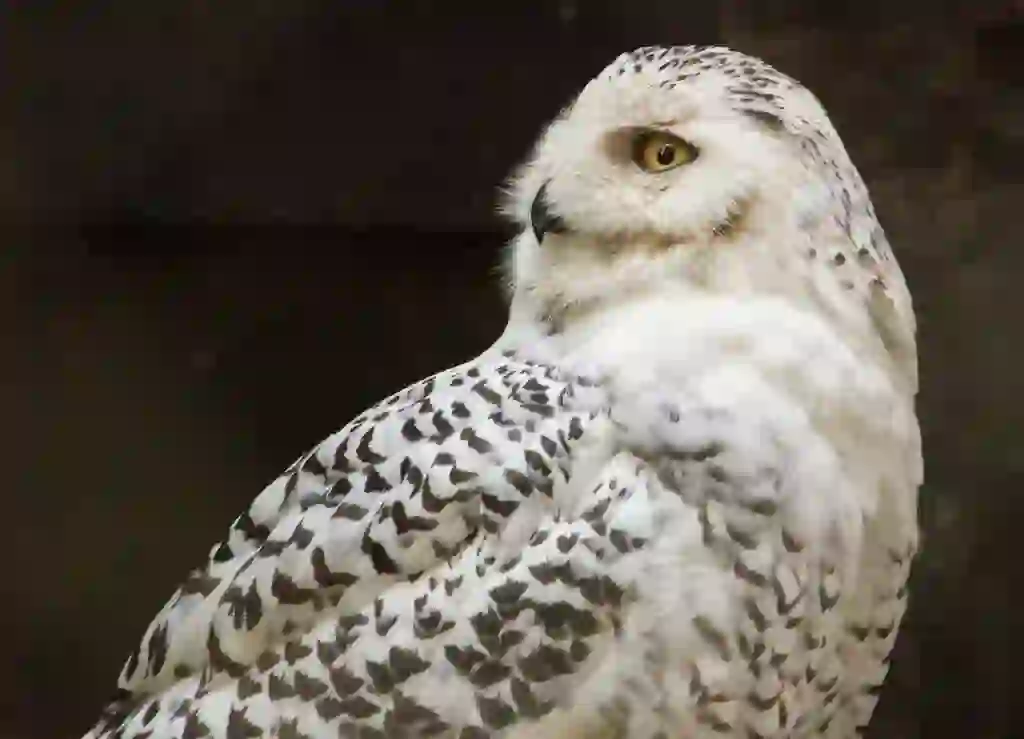
出典:https://pixabay.com/images/id-3538106/
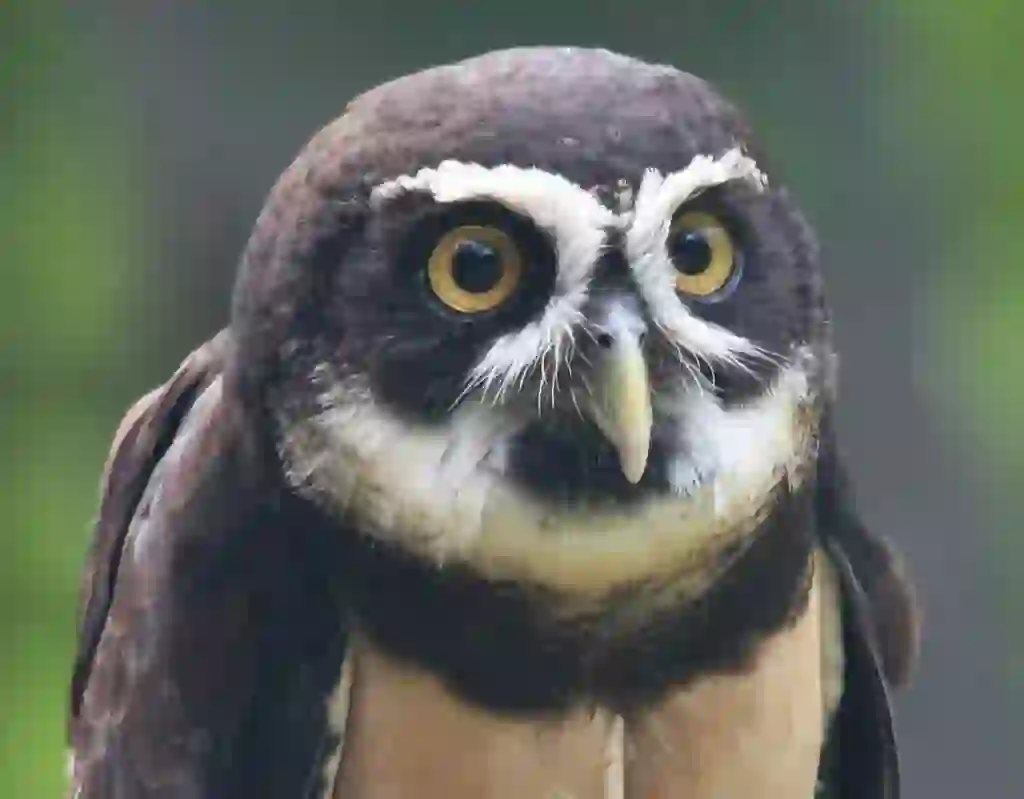
出典:https://pixabay.com/images/id-5048914/
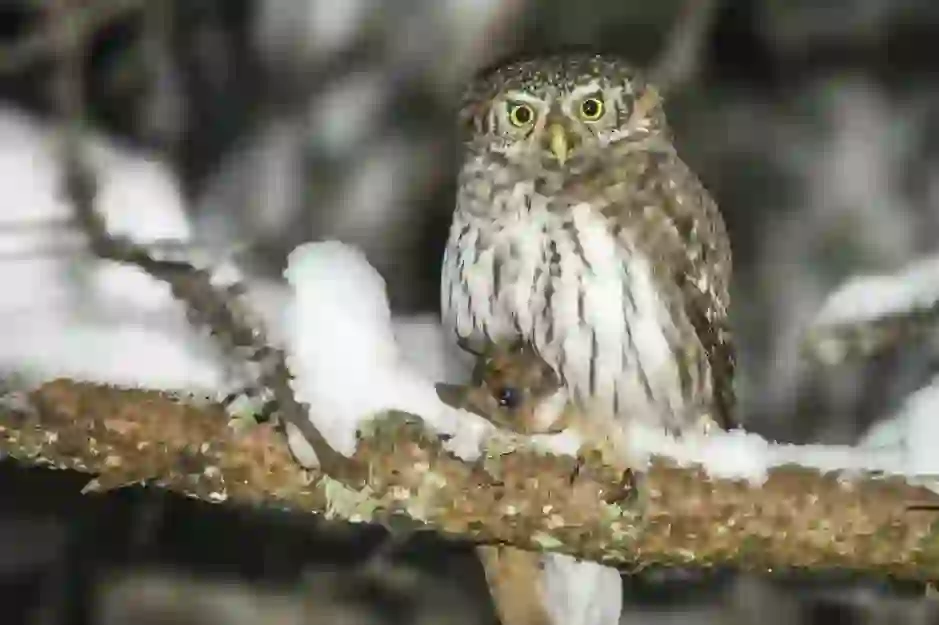
出典:https://pixabay.com/images/id-4858021/

Help Enrich Our Animalbook.jp with Your Media!
We are constantly looking to expand and enrich our Animalbook.jp with amazing photos and videos of animals. If you have any media that you'd like to share, please contribute and help us showcase the beauty and diversity of the animal kingdom. Your submissions will be credited and featured in our encyclopedia, reaching a wide audience of animal lovers.


















